News Beat
News Beat reporting is an idrw.org initiative to let our Readers to report News Based on Actual facts but some how has not been reported in Main Stream Media .
SOURCE: RAUNAK KUNDE / NEWS BEAT / IDRW.ORG


India has emerged as a potential supplier of helicopters for the Argentine Navy, as confirmed by the Chief of General Staff of the Argentine Armada, Contralmirante Carlos María Allievi.
Hindustan Aeronautics Limited (HAL) has extended an offer to the Argentine Army for its ALH-Dhruv and LUH helicopters to replace the ageing Bell UH-1 fleet. To enhance the prospects of securing the contract, HAL has proposed technology transfer for the local assembly of these helicopters. This move aligns with the company’s broader strategy to expand its footprint in the South American market, where several countries have expressed interest in its products.
Continue readingSOURCE: RAUNAK KUNDE / NEWS BEAT / IDRW.ORG


The Indian Air Force (IAF) is setting its sights on a groundbreaking tactical innovation: deploying loitering munitions from its fleet of C-130J Super Hercules military transport aircraft. This concept, already being explored by the United States Air Force (USAF), has the potential to transform the IAF’s offensive capabilities.
Loitering munitions, also known as kamikaze drones, are small, unmanned aerial vehicles (UAVs) armed with explosives. They can loiter over an area for extended periods, waiting for targets before attacking.
Continue readingSOURCE: RAUNAK KUNDE / NEWS BEAT / IDRW.ORG


The Defence Research and Development Organisation (DRDO) is set to enhance the underwater capabilities of the Indian Navy’s Kilo-class submarines with the upgraded USHUS-2 sonar suite. This state-of-the-art system, developed by the Naval Physical and Oceanographic Laboratory (NPOL), will replace the older USHUS sonars on the remaining 3 Kilo-class submarines.
Currently, five of the nine frontline Kilo-class submarines, also known as EKM-class, are equipped with the earlier version of the USHUS sonar system out of which Two have been retired or transferred.
Continue readingSOURCE: RAUNAK KUNDE / NEWS BEAT / IDRW.ORG


The Indian Air Force (IAF) has issued an Expression of Interest (EOI) for comprehensive maintenance services for its fleet of 73 PC-7 MKII aircraft. This tender, identified by the reference number AirHQ/85902/1/ENGBT(LGSPC7), falls under the Miscellaneous Services category and will be conducted as a single-stage bidding process.
The EOI seeks to engage qualified contractors who will be responsible for delivering extensive maintenance services for the PC-7 MKII aircraft. These aircraft are integral to the IAF’s training operations and are stationed at two key locations which are Air Force Academy (AFA) Hyderabad and Air Force Station (AFS) Tambram.
Continue readingSOURCE: RAUNAK KUNDE / NEWS BEAT / IDRW.ORG


The Defence Research and Development Organisation (DRDO) is steadily fortifying India’s defence capabilities with the progressive development and deployment of its Ballistic Missile Defence (BMD) system. The nation is now under a multi-layered shield, designed to intercept incoming ballistic missiles at various altitudes.
Phase I of the BMD program has seen the deployment of the Prithvi Defence Vehicle (PDV) and Advanced Air Defence (AAD) interceptor systems across the country. These systems are designed to intercept ballistic missiles with ranges up to 2,000 km, providing a robust shield against medium-range threats. The deployment of these interceptors enhances India’s defensive capabilities and demonstrates the country’s progress in indigenous missile defence technology.
Continue readingSOURCE: RAUNAK KUNDE / NEWS BEAT / IDRW.ORG
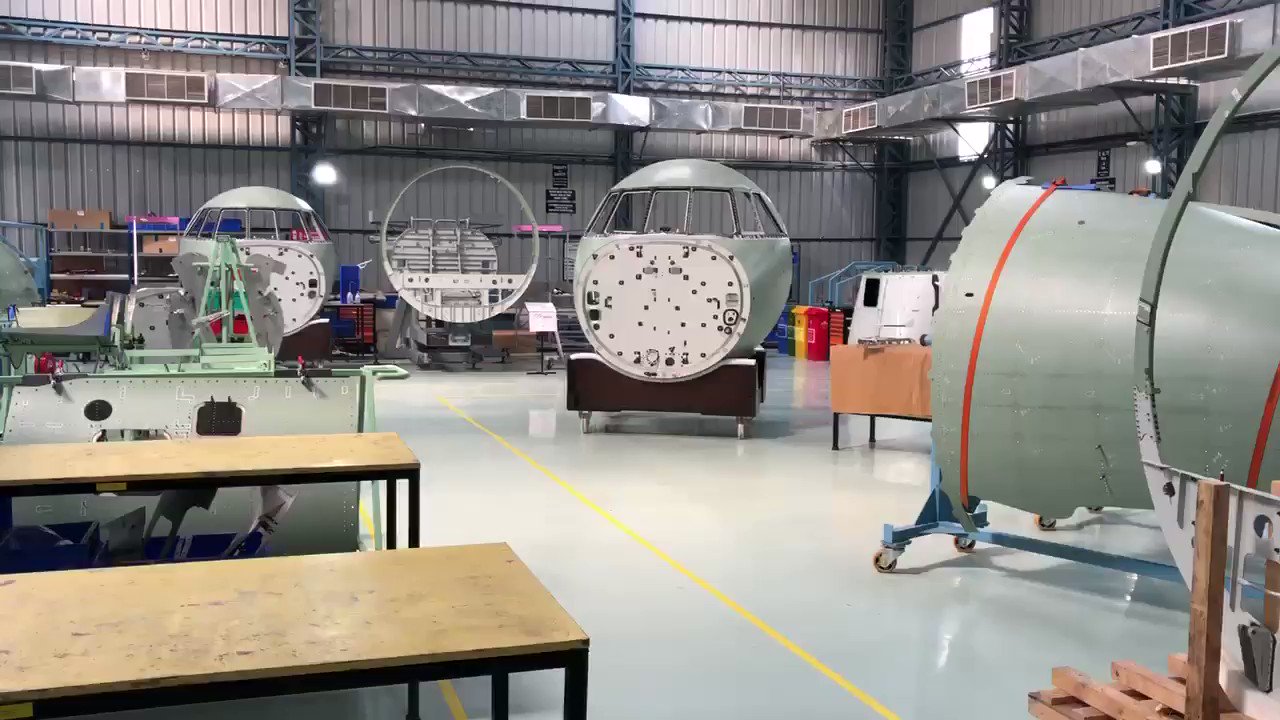

French aerospace giant Dassault Aviation is making a significant move to take full ownership of Dassault Reliance Aerospace Ltd (DRAL), located within Nagpur’s MIHAN Special Economic Zone (SEZ). This bid comes as Dassault aims to secure a contract for manufacturing Rafale jets in India under the Medium Multi-Role Fighter Aircraft (MRFA) tender for 114 jets from the Indian Air Force (IAF). However, this proposal is encountering resistance from the Indian Ministry of Defence (MoD).
Dassault’s pursuit of 100% ownership of DRAL is driven by its desire to have absolute control over the supply chain within India. The French firm argues that this control is crucial for meeting both domestic and export demands efficiently. While parts for Rafale jets are already being sourced from DRAL, the facility requires significant investment and expansion to be capable of assembling the jets domestically.
Continue readingSOURCE: RAUNAK KUNDE / NEWS BEAT / IDRW.ORG
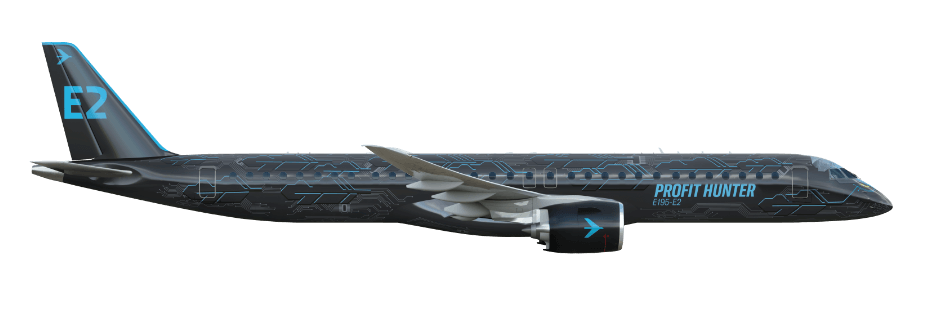

In a bid to strengthen its foothold in the Indian aviation market, Brazil’s Embraer has offered its E195-E2 aircraft to HAL-Mahindra for domestic production of the aircraft for the regional market. While The move underscores the South American nation’s emphasis on technology transfer and local manufacturing capabilities, talks are still being held with many Indian companies by the Embraer.
The Embraer E195-E2, is the largest aircraft in the E-Jet E2 family, is renowned for its efficiency and profitability on high-density routes. Its advanced wing design and aerodynamic enhancements contribute to a remarkable 10% reduction in fuel consumption compared to its predecessors.
Continue readingSOURCE: RAUNAK KUNDE / NEWS BEAT / IDRW.ORG
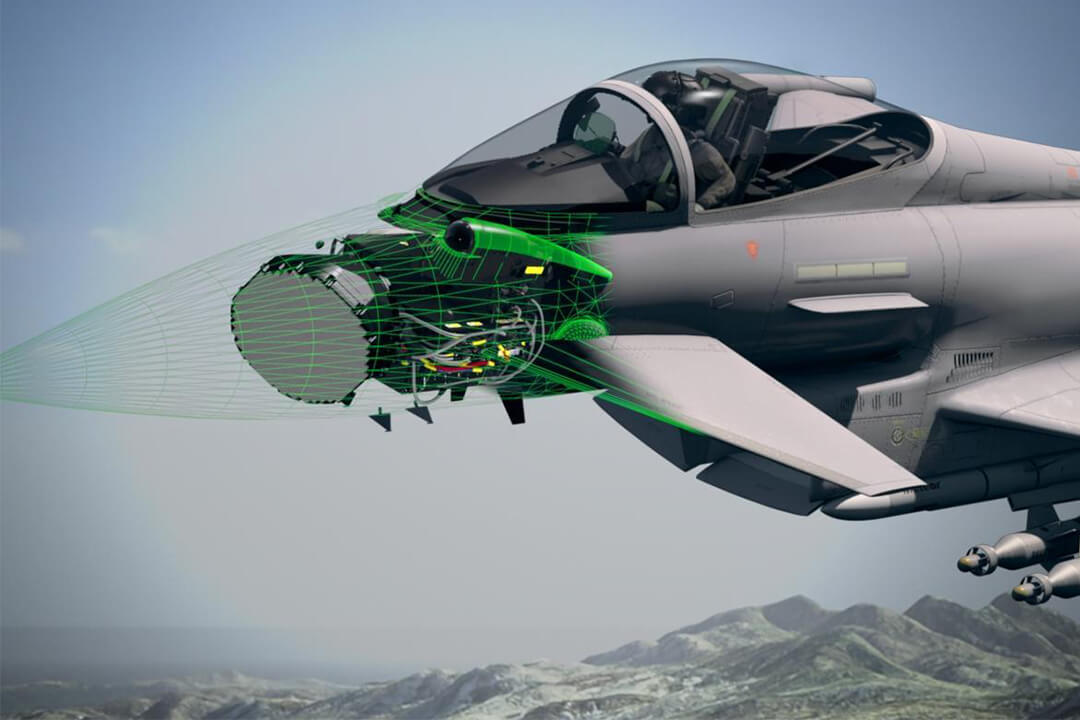

In a significant development for India’s military modernization, the Defence Research and Development Organization (DRDO) has confirmed the existence of Project Virupaksha, an ambitious project aimed at upgrading the Su-30MKI fighter jets with advanced Active Electronically Scanned Array (AESA) radars.
According to Dr. B.K. Das, the Director General for Electronics and Communication Systems at DRDO, Project Virupaksha will equip the Su-30MKI with a state-of-the-art AESA radar, offering enhanced capabilities such as simultaneous radar functionalities, air surveillance, air-to-ground targeting, and weapon control.
Continue readingSOURCE: RAUNAK KUNDE / NEWS BEAT / IDRW.ORG


In a strategic move to deepen defence ties, India has proposed a modified version of its Nilgiri-class frigate to the Brazilian Navy. This offer comes as Brazil is expanding its naval capabilities with the Tamandaré-class frigate program.
Currently, Brazil operates one Tamandaré-class frigate, the ‘Jerônimo de Albuquerque’, with three more under construction. Built by ThyssenKrupp Marine Systems, these ships have a displacement of around 3,500 tons. In contrast, the Indian-built Nilgiri-class frigate is significantly larger, boasting a displacement of 6670 tons.
Continue readingSOURCE: RAUNAK KUNDE / NEWS BEAT / IDRW.ORG
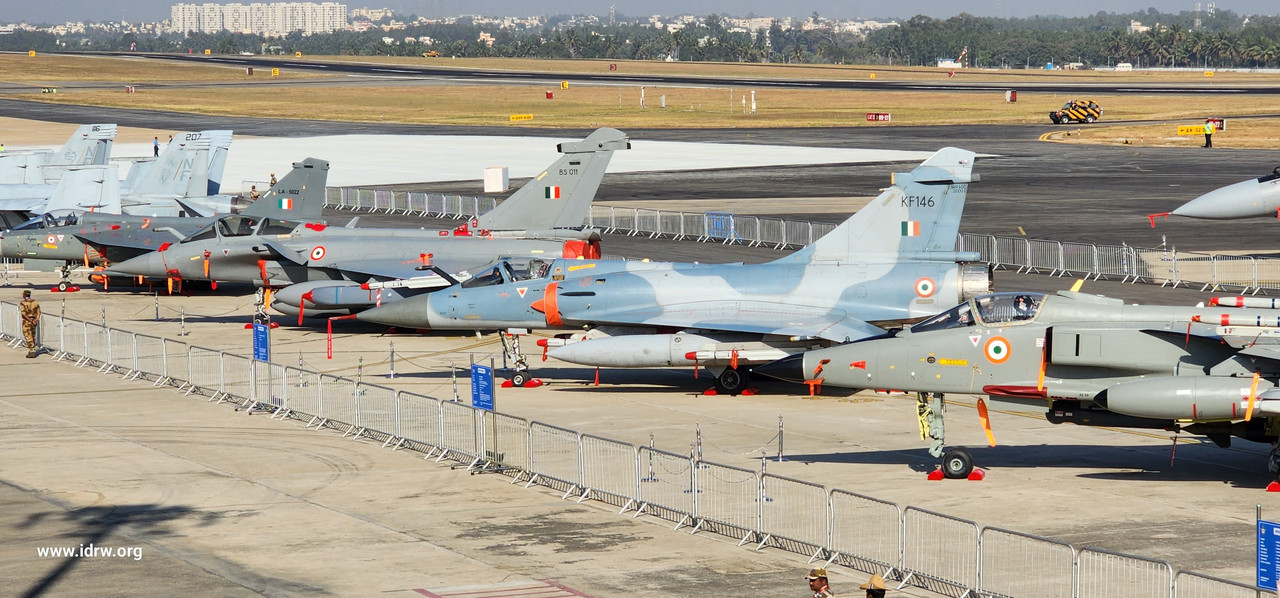

Dassault Maintenance and Repair Organisation, India (DAMROI) is set to significantly bolster the Indian Air Force (IAF) with the establishment of a new maintenance hub in Noida, Uttar Pradesh. This state-of-the-art facility will specialize in servicing the IAF’s fleet of Mirage-2000 and Rafale fighter jets, promising faster turnaround times and cost-efficiency.
Currently, the IAF operates around 50 Mirage-2000 aircraft, acquired in the 1980s, and two squadrons of 36 Rafale jets, recently inducted into service. The new DAMROI facility will play a crucial role in ensuring the optimal operational readiness of these fighter aircraft.
Continue readingSOURCE: RAUNAK KUNDE / NEWS BEAT / IDRW.ORG


Rekise Marine Private Limited has secured a significant contract under the Indian Navy’s iDEX Aditi 1.0 Challenge to develop the Jalkapi Autonomous Underwater Vehicle (AUV). This advanced subsea platform is designed for extended underwater survey missions and can operate for up to 45 days without resupply.
The Jalkapi, with its impressive dimensions of approximately 10 meters in length and 2 meters in diameter, is equipped with a robust suite of sensors including EO/IR cameras, multi-beam echo sounders, and sonar systems. The AUV will also incorporate advanced navigation and obstacle avoidance systems to ensure safe and efficient operations.
Continue readingSOURCE: RAUNAK KUNDE / NEWS BEAT / IDRW.ORG


Noida-based Raphe mPhibr Pvt. Ltd has emerged victorious in the Indian Navy’s iDEX Aditi 1.0 Challenge. The company has been tasked with developing an indigenous high supersonic to hypersonic propulsion system for fixed-wing flying objects such as missiles and aircraft.
This significant win underscores Raphe mPhibr’s expertise in propulsion technology and its potential to contribute significantly to India’s defence capabilities. Developing such a propulsion system is a crucial step towards achieving self-reliance in advanced aerospace technologies.
Continue readingSOURCE: RAUNAK KUNDE / NEWS BEAT / IDRW.ORG


In a significant boost to India’s defence manufacturing capabilities, Russia is set to supply essential metallurgical inputs for the overhaul of the Sukhoi-30MKI fighter jet fleet.
State-owned Hindustan Aeronautics Limited (HAL) will undertake the overhaul process at its facility in Koraput, Odisha. The supply of raw materials and processed components, including superalloys, is crucial for the maintenance and upgradation of these aircraft.
Continue readingSOURCE: RAUNAK KUNDE / NEWS BEAT / IDRW.ORG
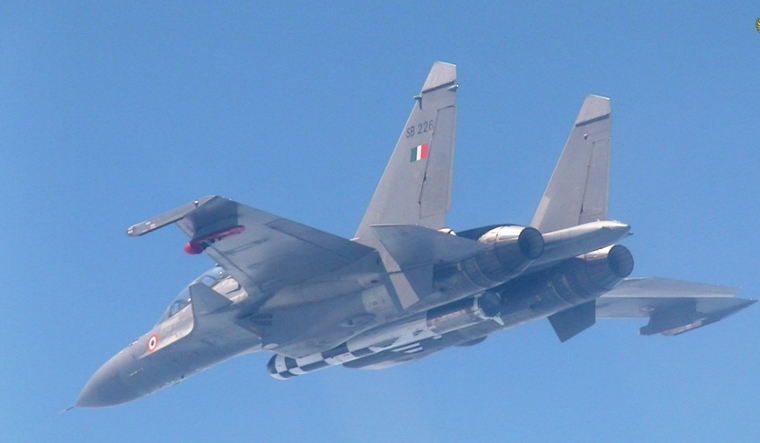

The Royal Malaysian Air Force (RMAF) has expressed keen interest in acquiring India’s BrahMos Air Launched Cruise Missile (ALCM) to bolster its Sukhoi-30MKM fighter fleet. The Mach 3 capable missile, with a range of 290 kilometers, will come as a significant upgrade for the RMAF’s Naval strike capabilities.
However, integrating the BrahMos ALCM into the Su-30MKM platform is not a straightforward process. The Indian Air Force (IAF)’s Su-30MKI had to undertake a complex structural hardening process for its aircraft before carrying the 2.5-ton missile. This involved extensive modifications to the aircraft’s airframe to withstand the immense launch forces.
Continue readingSOURCE: RAUNAK KUNDE / NEWS BEAT / IDRW.ORG


India’s Light Combat Aircraft (LCA) Tejas Mk1A program faces setbacks due to supply chain constraints impacting GE Aerospace’s production of the F404 engines. While GE aims to resume deliveries of the first batch of engines next month, achieving the annual production rate of 16 engines, as per the agreement with Hindustan Aeronautics Limited (HAL), is expected to take significantly longer.
Industry sources close to idrw.org report that GE Aerospace might require an entire year to reach the contracted production rate. The company acknowledges the challenges and anticipates improvement by mid-2025, but a full capacity of 90% is not expected until the end of 2025, with normal operations resuming only in 2026.
Continue reading